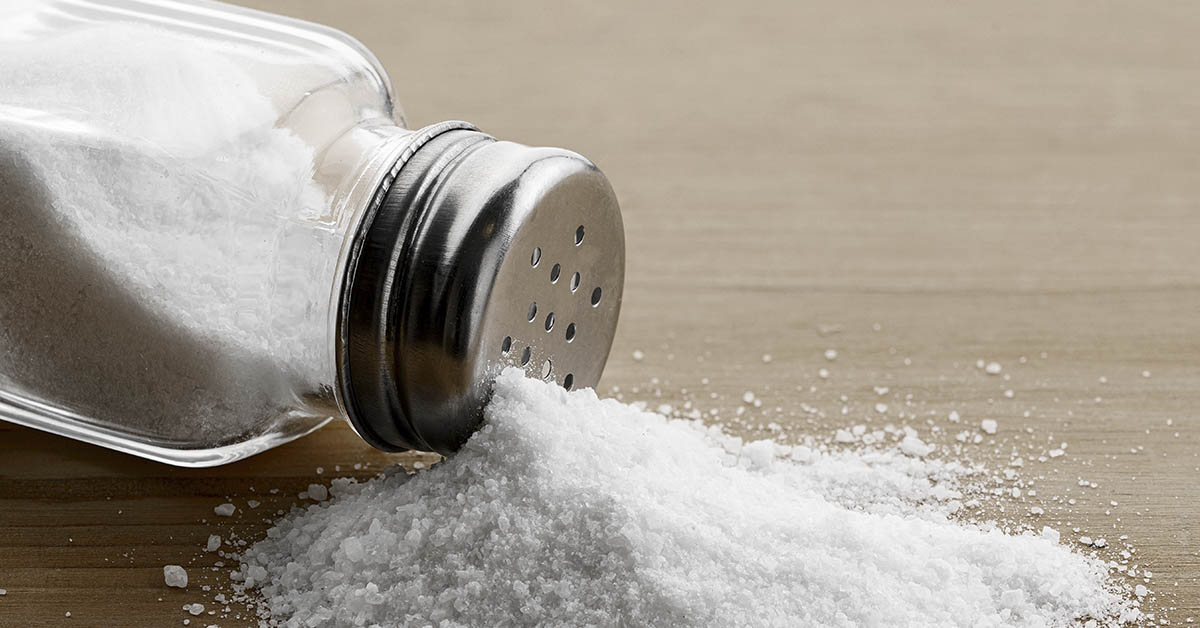Salt may be the most routine ingredient in the world. It would be difficult to find a kitchen without it in some form. Table salt is the most common, and it comes from extracted salt from underground deposits. The raw salt is then refined to remove impurities, mixed with additives like iodine and agents to prevent clumping, and ground into a fine consistency. However, the process can leave contaminants, like heavy metals, that are then consumed by people.
What are heavy metals?

Heavy metals are a category of metallic chemical elements with relatively high density. They are known for being toxic when consumed. Examples are arsenic (As), cadmium (Cd), chromium (Cr), mercury (Hg), thallium (Tl), and lead (Pb). Heavy metals are naturally part of the Earth’s crust and they can contaminate air, water, and food. Now, some kinds, like copper and zinc, are vital for proper bodily function, but they can become poisonous at higher concentrations.
What causes heavy metal poisoning?
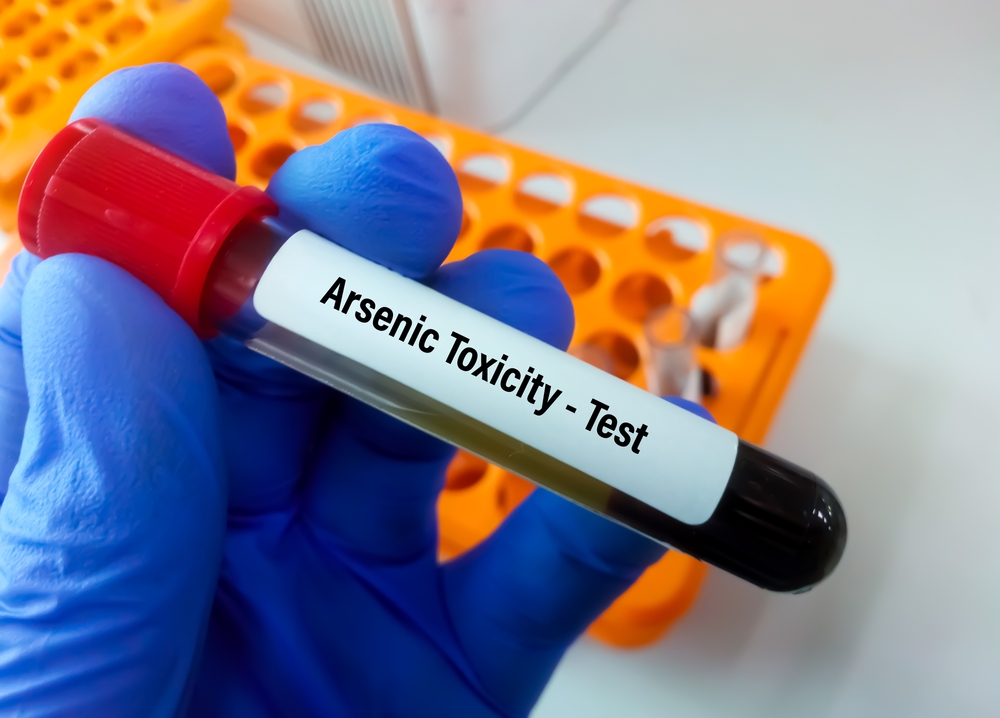
Heavy metals can bioaccumulate in the body and cause toxicity, depending on the metal involved, dosage, route, exposure durations, and the specifics of the person being affected. The molecules that make up these metals can damage or negatively impact the function of organs, including the lungs, brain, liver, and kidneys, according to Cleveland Clinic. People become exposed to these chemicals through contaminated food, water, medicines, supplements, air, etc. And this includes table salts.
How do heavy metals appear in table salt?
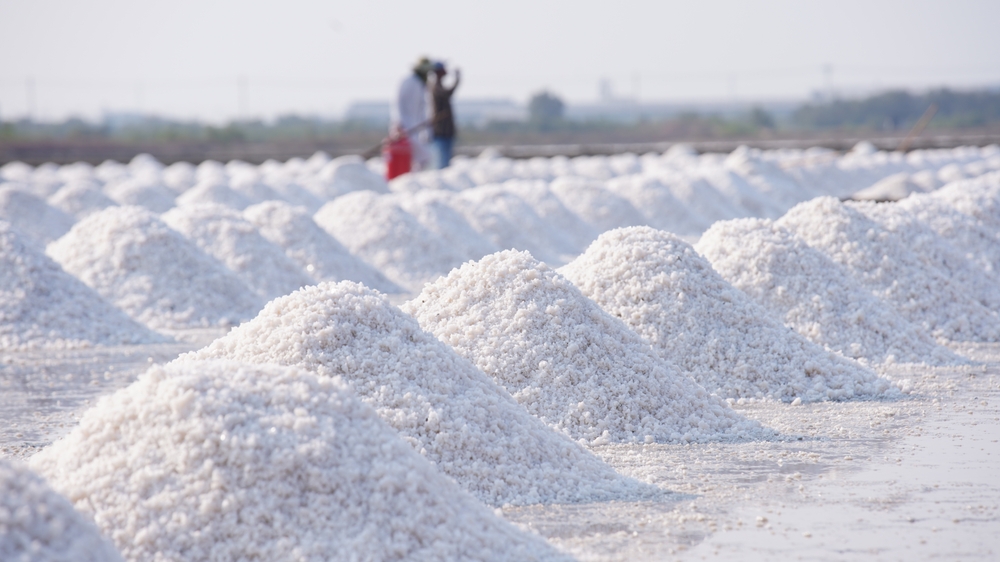
It’s hard to say definitively how heavy metals get into salt products because the reason varies depending on the brand and its production. But here are some theories based on how other food items are contaminated. One is that it’s from food additives exposed to aluminum. Another cause is storing salt in places where heavy metals are in the soil (this is how dark chocolate gets exposed.) The same is said about storing salt in areas with heavy air or water pollution. Similarly, manufacturing equipment can transfer contamination. Keep in mind, heavy metals are naturally occurring in different concentrations based on the location. That’s why there are typically more found in Himalayan salts, which are extracted from the cadmium-rich soil in Pakistan, compared to other sea salts.
Read More: 15 Ways to Use Table Salt That Don’t Involve Cooking
Levels of heavy metals in table salt

Multiple studies examined the mineral composition of different types of salt, with varying results. Although the majority did contain certain heavy metals, the types and doses differed. For example Mamavation sent 23 salt products to an certified lab certified by the Environmental Protection Agency to test for aluminum, arsenic, cadmium, mercury, and lead. Unfortunately, all salt products tested positive for metals. This what they found:
- 78% of the salt products contained aluminium, with 35% of products having over 100,000 ppb (parts per billion) of aluminum.
- All salt products had arsenic, and 74% of them had over 10 ppb of arsenic.
- 70% of salt products had cadmium, and 4% had over 4.1 ppb of cadmium.
- 96% of salt products contained lead.
- Zero products seemed to contain mercury.
The worst brands salt brands, according to Mamavation
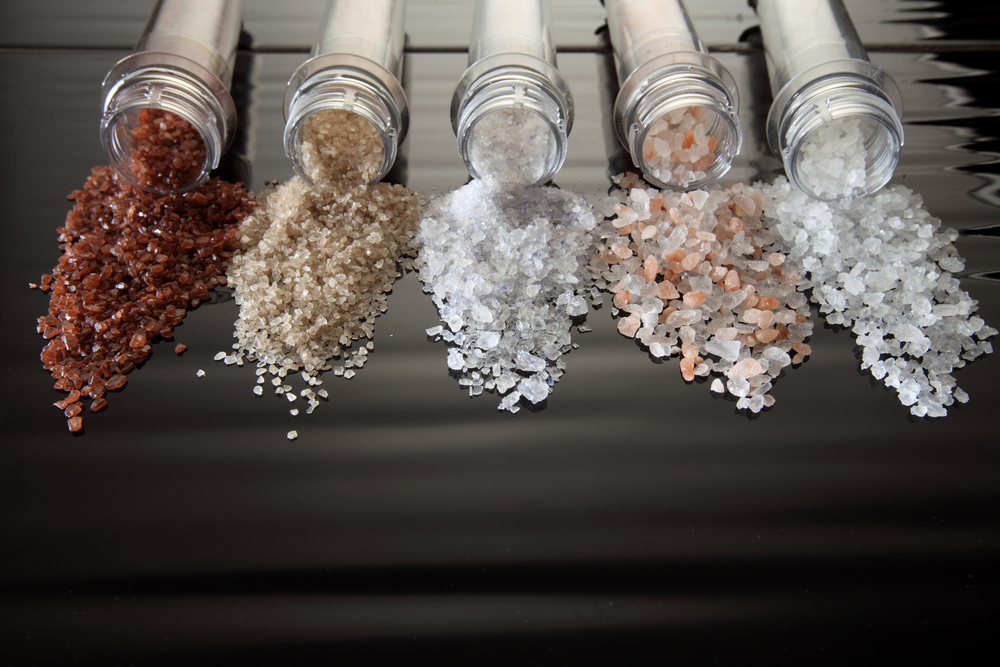
- Artisan Salt Company Ancient Ocean Himalayan Pink Salt
- Manischewitz Natural Kosher Salt
- McCormick Fine Ground Pink Himalayan Salt
- Redmonds Real Salt Ancient Fine Sea Salt
- San Francisco Salt Company Sherpa Pink Himalayan Salt
- Celtic Sea Salt Fine Ground
- Shaun Himalayan Salt
- The Spice Lab Himalayan Salt
- Trader Joe’s Himalayan Pink Salt Crystals
- Wellesley Farms Kosher Himalayan Pink Salt
The safest brands salt brands, according to Mamavation
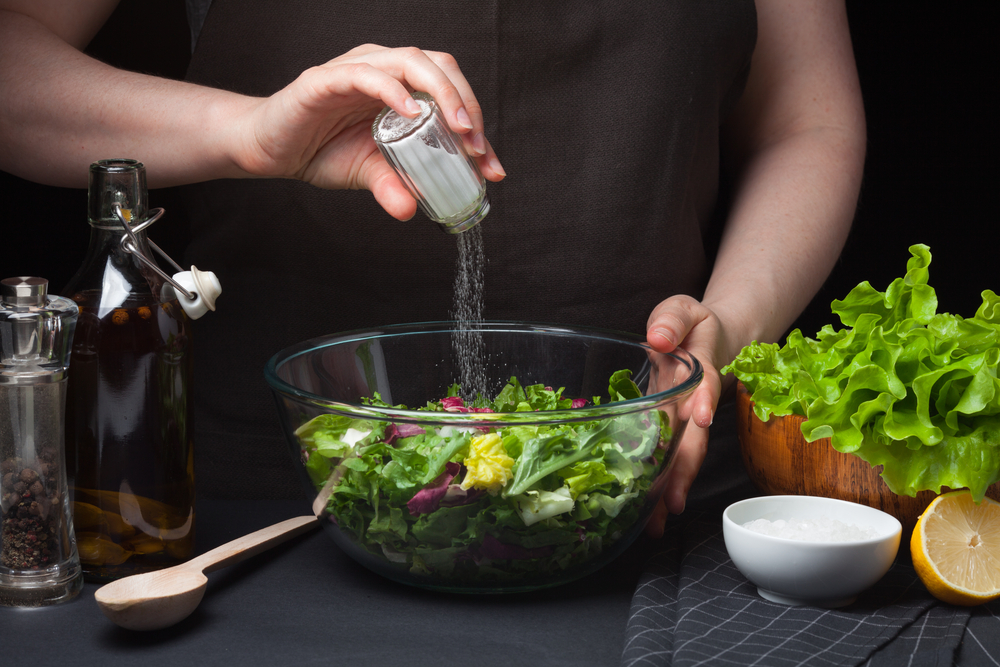
- David’s Kosher Salt
- Diamond Crystal Kosher Salt
- Hain Pure Foods Iodized Salt
- Jacobsen’s Salt Company Kosher Sea Salt
- Maldon Sea Salt Flakes
- Morton Iodized Salt
- Saltverk Flaky Sea Salt
- Wellesley Farms Mediterranean Sea Salt
Read More: Is Saltwater Good For Your Skin? 6 Reasons Why You Should Try
Cause for concern?

How much heavy metal can a person consume before it causes toxicity? It’s difficult to avoid metals entirely, and research is vague on the exact amount people can consume safely. However, food authorities set limitations on the content of manufactured goods, particularly children’s items. Fortunately, a U.S. study examined the local food supply and found that cadmium, mercury, and arsenic were generally below safety regulations. However, lead was found to be almost equal to the FDA’s reference value. The authors highlight the need for updated risk assessment tools. Moreover, a 2023 study evaluated the mineral composition of 10 types of unrefined salts (most unrefined) from all over the world. Although the authors found metals, “standard consumption levels of these salts do not typically pose health risks.”
Potential table salt interactions with heavy metals
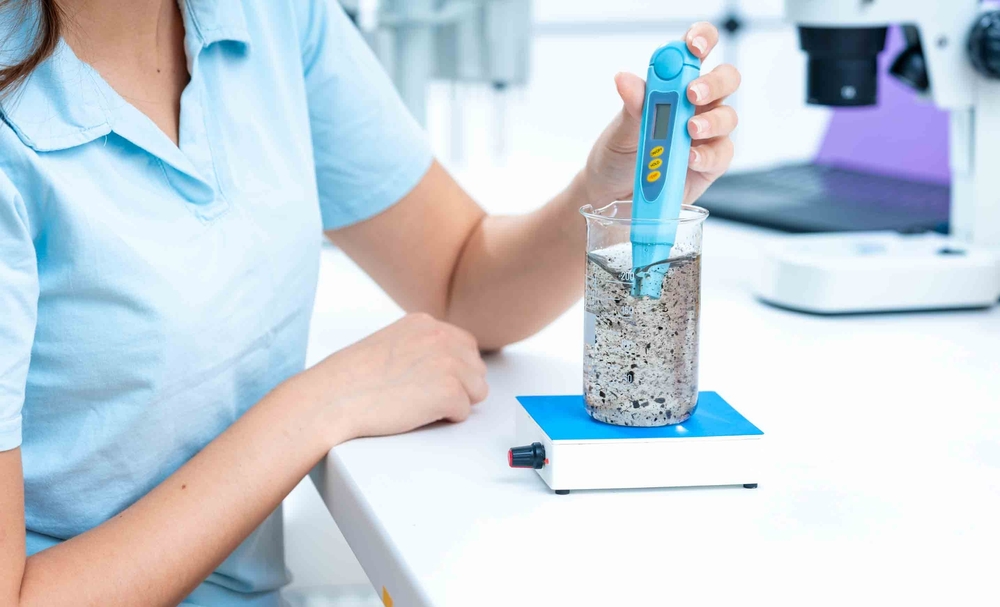
In a 2025 study with over 11,000 participants, researchers found a link between people’s salt usage and an increase in urinary excretion of heavy metals, particularly lead and cadmium. But the authors bring up a fascinating explanation for the raised levels, aside from heavy metal content in salt products and salt substitutes. They suggest that salt may help the “release of heavy metal elements from food” or “influence the absorption and excretion of certain metal elements”. Plus, participants who consume more table salt may have a diet with higher levels of heavy metals in the food and water. Further studies need to expand these topics.
How to choose safer, cleaner salt
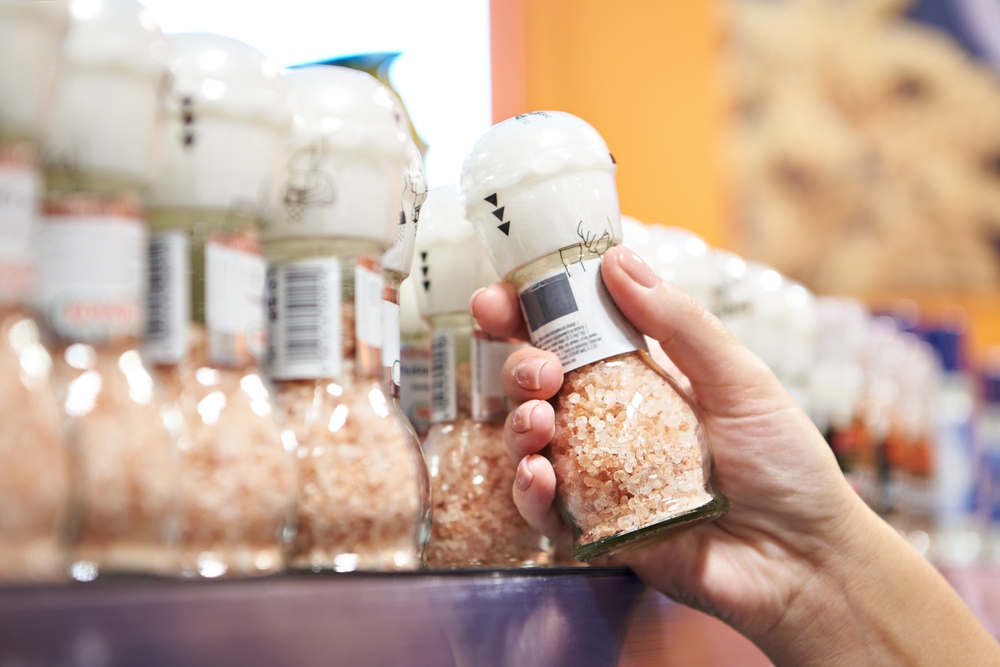
Overall, more research is needed when it comes to heavy metals, particularly about the effects of certain dosages and how much is present in food. But there is enough scientific evidence proving that high amounts can be extremely detrimental. So if you are looking to avoid metals in your salt products, check for misleading patterns. For example, look out for items that claim to be laboratory tested but don’t inform you about the results. Or, they show test results in parts per million (ppm) to make the number seem smaller, even though most results use parts per billion (ppb).
Look for transparency and evidence
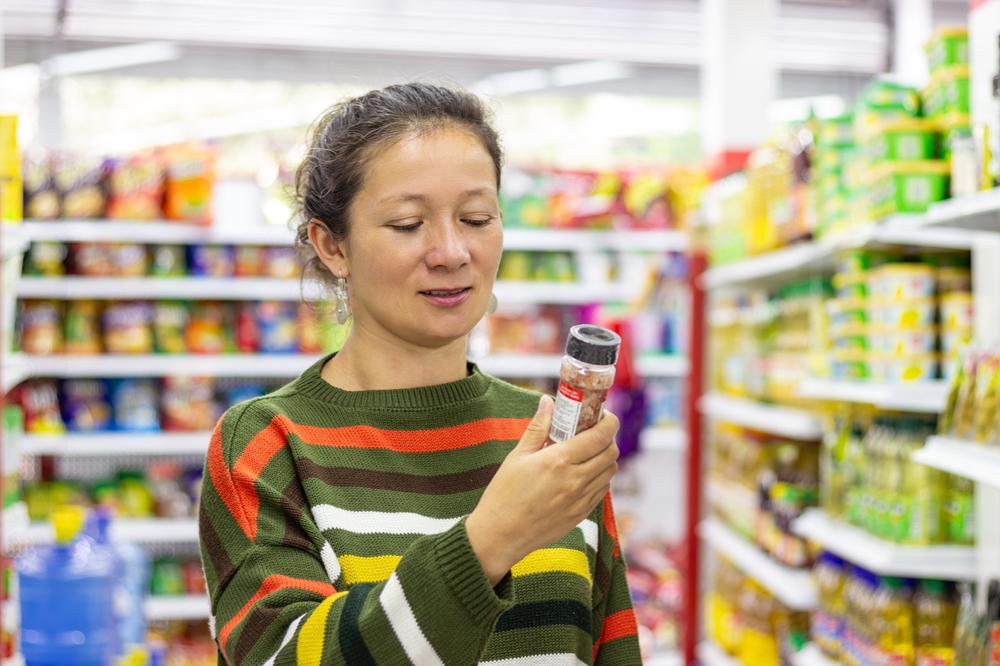
In general, minimally processed salt has a higher risk of being contaminated compared to conventional table salt. So look for brands with websites that are transparent about where they source their salt, how it’s extracted and processed, and their lab test results. Be sure they have third-party testing certifications from an independent lab that’s not owned by the manufacturer. Buzzwords like “pure,” “natural,” or “unrefined” are generally meaningless if they’re not backed by evidence. For example, sea salt may be “natural” and contaminated with microplastics and pollutants at the same time.
Read More: Are Pink Himalayan, Sea, Celtic, Table Salt And Others All The Same?
